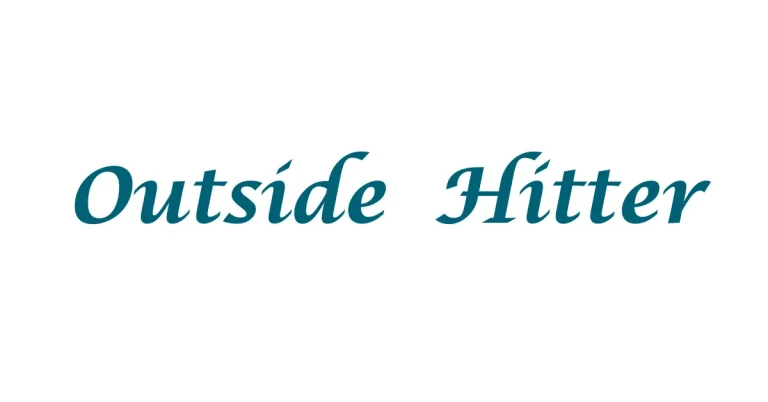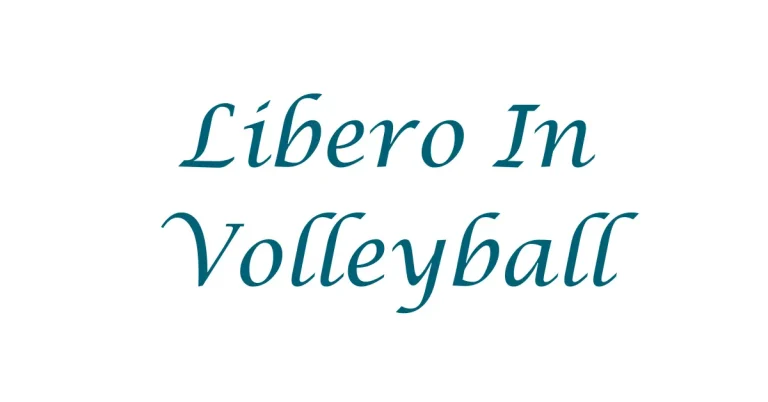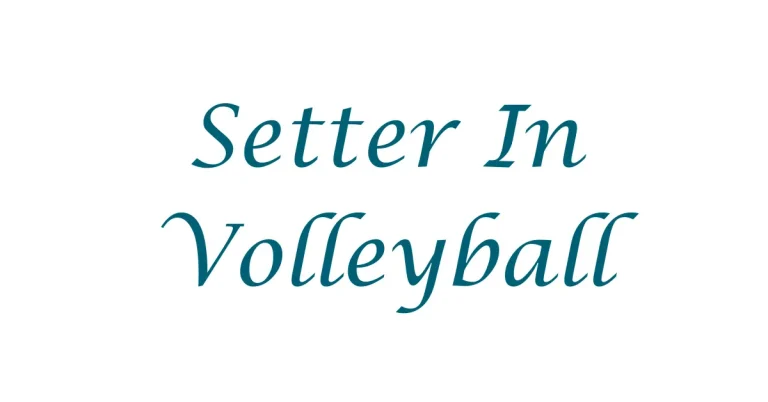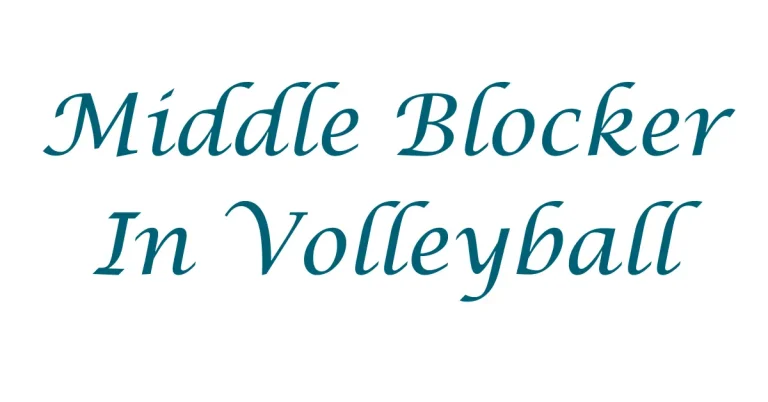A Comprehensive Guide About Volleyball Player Positions
You might think, how many positions are there in volleyball? Or are you willing to know what the role of every volleyball player is? Or you might be researching which position in volleyball suits me.
Your answer to all questions is covered in the article below. Just spare 5-7 minutes and read the article, and you will know extensively about the positions of players in volleyball.
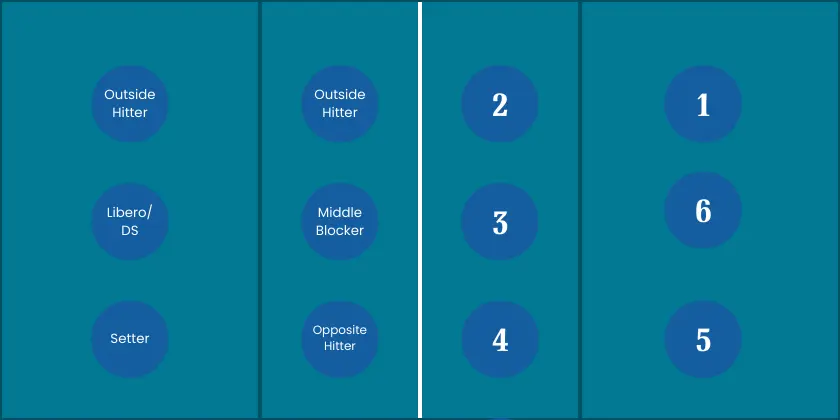
List Of Volleyball Players Positions:
Volleyball is a sport in which two teams are facing each other with six players on both sides. The main objective of the game is to get points by landing the ball on the opposing court or by the opposing team’s fault. When a ball comes into your area, keep in mind you have just three touches, and you should have good communication and understanding with your team’s players. Victory in volleyball can be achieved by strong teamwork with a strategic and athletic plan. Therefore, every player plays a vital role in winning by doing their job well. The list of volleyball positions is given as follows:
Front Zone Player:
Back Zone Player:
Outside Hitter:
The outside hitter, who is also known as the left-side hitter, is a crucial position in a volleyball game. They provide their performance in terms of both offensive and defensive gameplay by hitter at the front zone and defence at the back zone. The first ability of an outside hitter is to jump high and have precise knowledge to land the ball in the opposite area. Attacking is one of the biggest responsibilities of the outside hitters.
Blocking, passing, and playing defence are also the responsibilities of that player. This left-side hitter usually gets more sets when the setter is substituted with another player. Overall, an outside hitter needs to be the master for both offensive and defensive gameplay.
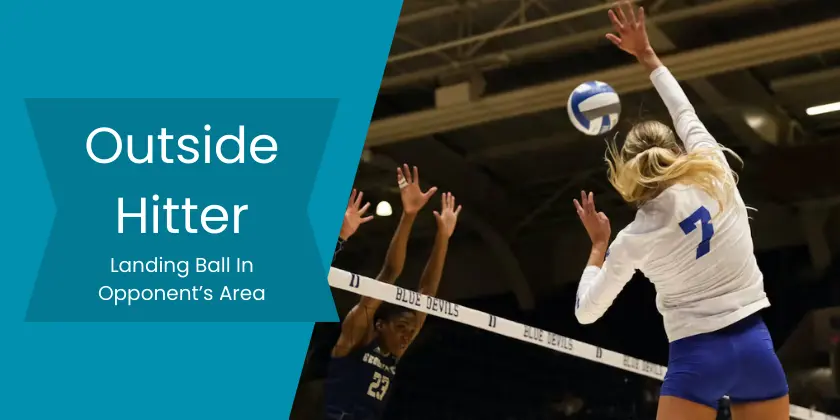
Middle Blocker:
Middle blocker and middle hitter are terms used for the same position. The player situated between the left-side and right-side hitters is known as the middle blocker. This position is pivotal in volleyball, with responsibilities surrounding both offensive and defensive gameplay at the centre of the net. The responsibilities of a middle blocker are sometimes greater than those of other team players. A sharp and focused mind is crucial for a middle blocker, as they must be aware of the movements of opposing team hitters to block the ball effectively and land it in the competitor’s area.
While it is advantageous for a middle blocker to be taller than others, it is not a strict requirement. The responsibilities of a middle blocker or hitter include: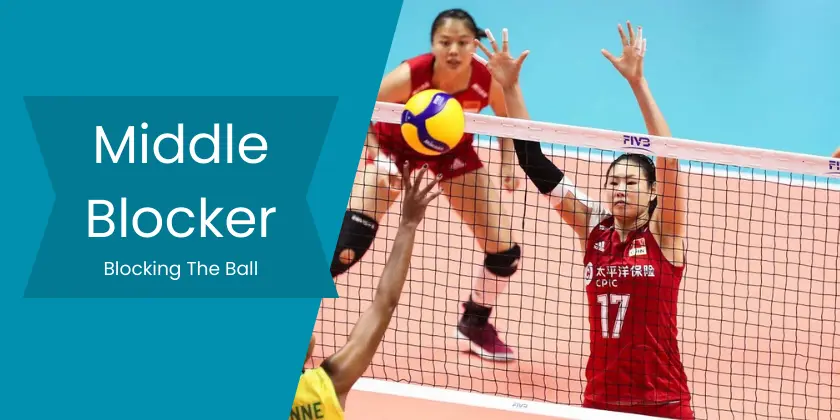
Opposite Hitter:
Opposite hitters, also known as right-side hitters, are more likely the same as outside hitters. They hit the ball from the front row after the setter touch and are defenders at the back area of the court. They need a good balance of both offence and defence gameplay. They have the responsibility of attacking, blocking, serving reception and defender, so they need to be good in all skills. Opposite hitters can attack from the back row, which means they can jump from behind the 10-foot line to hit the ball.
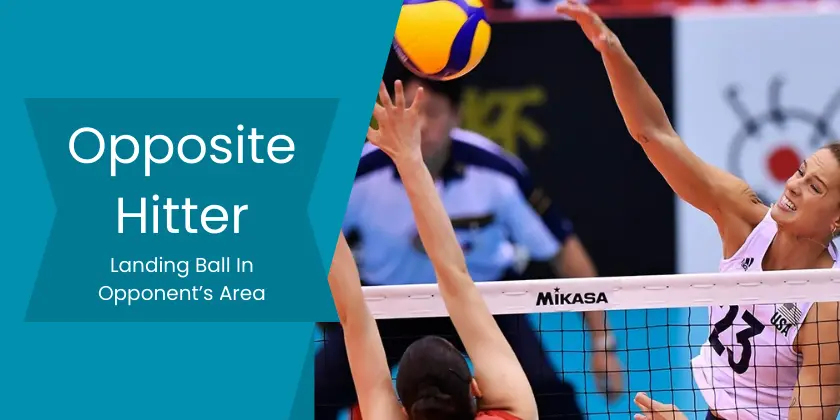
Setter:
After serving, the ball is received by one of the back zone or front zone players, but the second touch is for setting the ball, and the person who sets the ball is known as the setter or S. The role of every player in volleyball is important, but the most important of all is the role of the setter. The setter should have some qualities of politeness, good communication and decision-making.
The responsibility of the setter is to set the ball by touching and setting it with a delicate touch and giving it to the hitter. The decision-making power is essential for a setter. This is because if you want to get points, then you should know where the competitor team player should move around after hitting the ball from your side. Communication and understanding with other players are so important because it helps with offensive gameplay. When the setter rotates to the first row, they also have the responsibility of blocker. So keep in mind without a good and brilliant setter, there will be no good spikes.
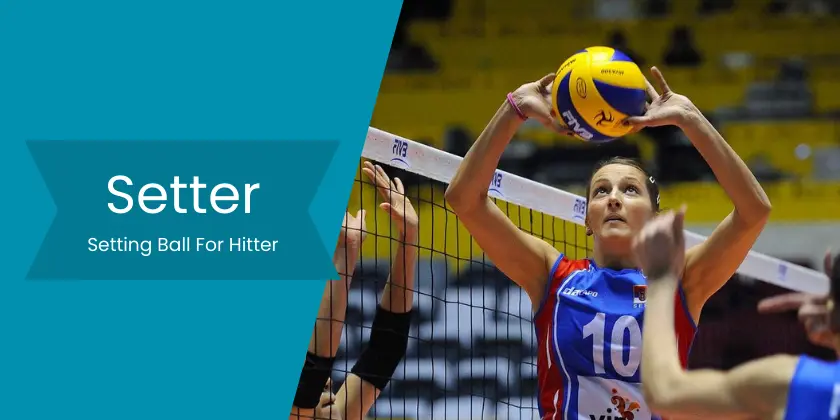
Libero:
In a volleyball team, a player wearing a different color jersey is known as the Libero. This often confuses first-time viewers, leaving them wondering about the player’s role. The distinct jersey indicates that this player is a specialized defender known as a libero. Liberos enjoy several benefits and face certain restrictions.
On the positive side, liberos can quickly substitute, have the freedom to move within the backcourt without rotational restrictions, possess precise passing and digging skills that create opportunities for the setter and can take leadership roles on the court.
However, there are restrictions – liberos are not allowed to play in the front zone and cannot hit the ball above the height of the net. Despite these limitations, the Libero’s unique set of skills makes them a crucial asset in a volleyball team.
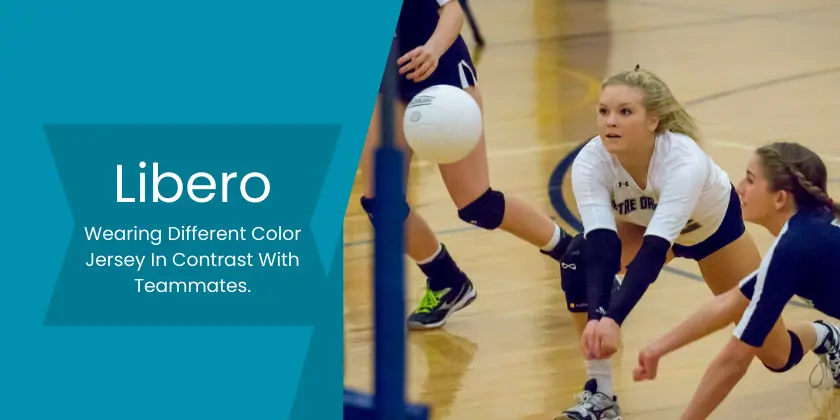
Defensive Specialist:
The player who is a master in defending is known as a defensive specialist, and they are particularly good in both digging and passing. These players are much more likely to play Libero, but they don’t wear different coloured jerseys, they cannot substitute quickly like Libero, and they can only participate in three out of six rotations. Their responsibilities are serving, receiving, digging, ball control, and back-row attack.
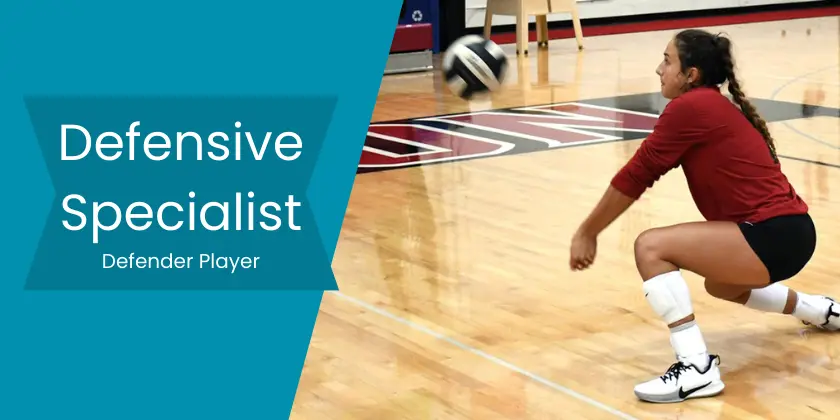
Importance of Volleyball Positions:
Understanding the importance of volleyball is vital. The importance of volleyball positions plays a role in overall good performance through strategic gameplay and designated skills. In volleyball, almost all the players should have the ability to serve, pass, set, hit, block and defend. These skills are important for every player because after winning a point, the serving team has to rotate in a clockwise direction, which is the rule of volleyball.
FAQs:
Conclusion:
In simple words, understanding the diverse roles of volleyball players positions is crucial for achieving success on the court. From the outside hitter to the strategic setter, each position plays a vital role in the team’s overall performance. The Libero and defensive specialist bring unique defensive skills, while blockers contribute to both offensive and defensive gameplay. So, a position assigned to a player is necessary, but every player should have a grip on the skills of other players.

